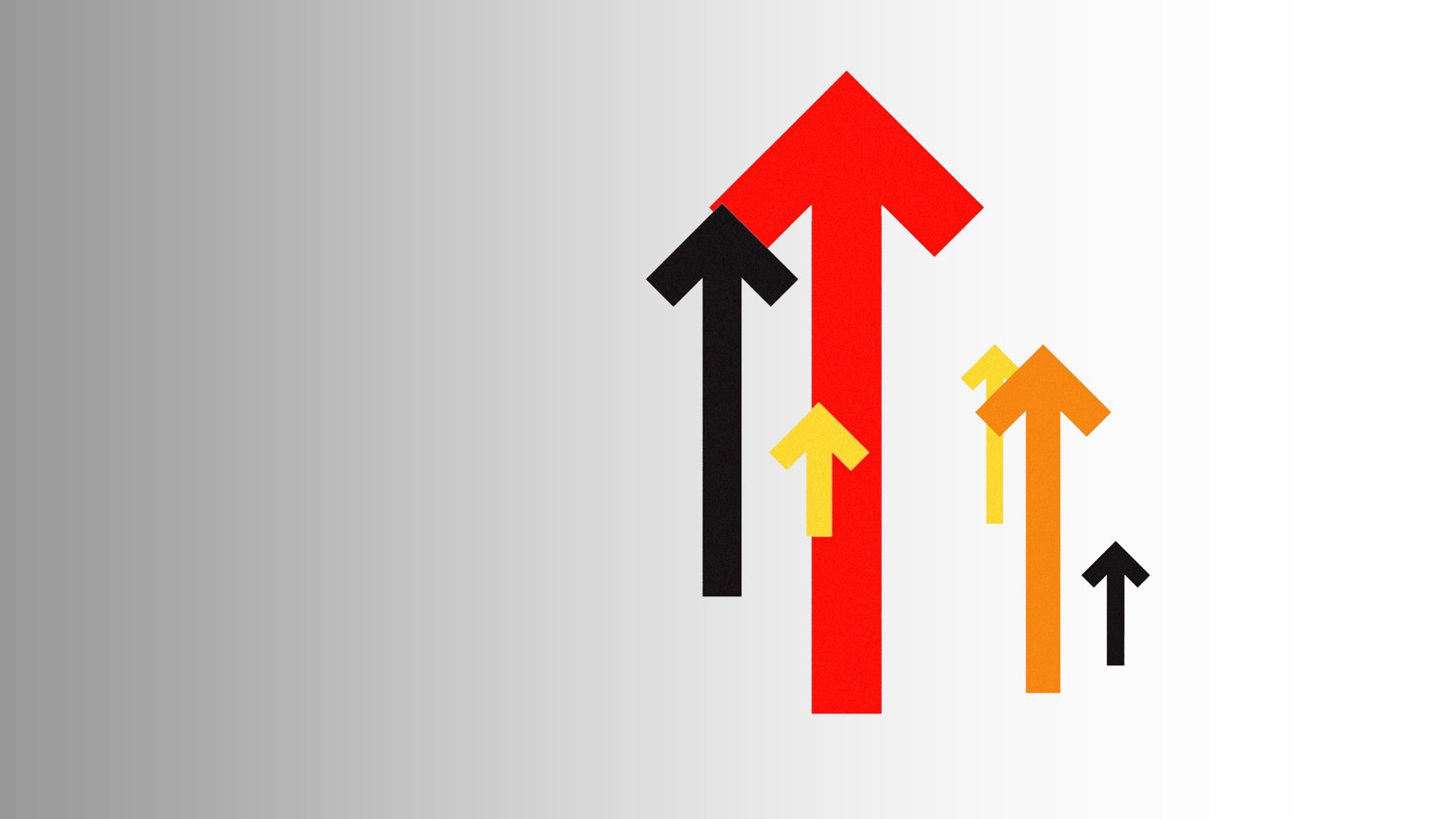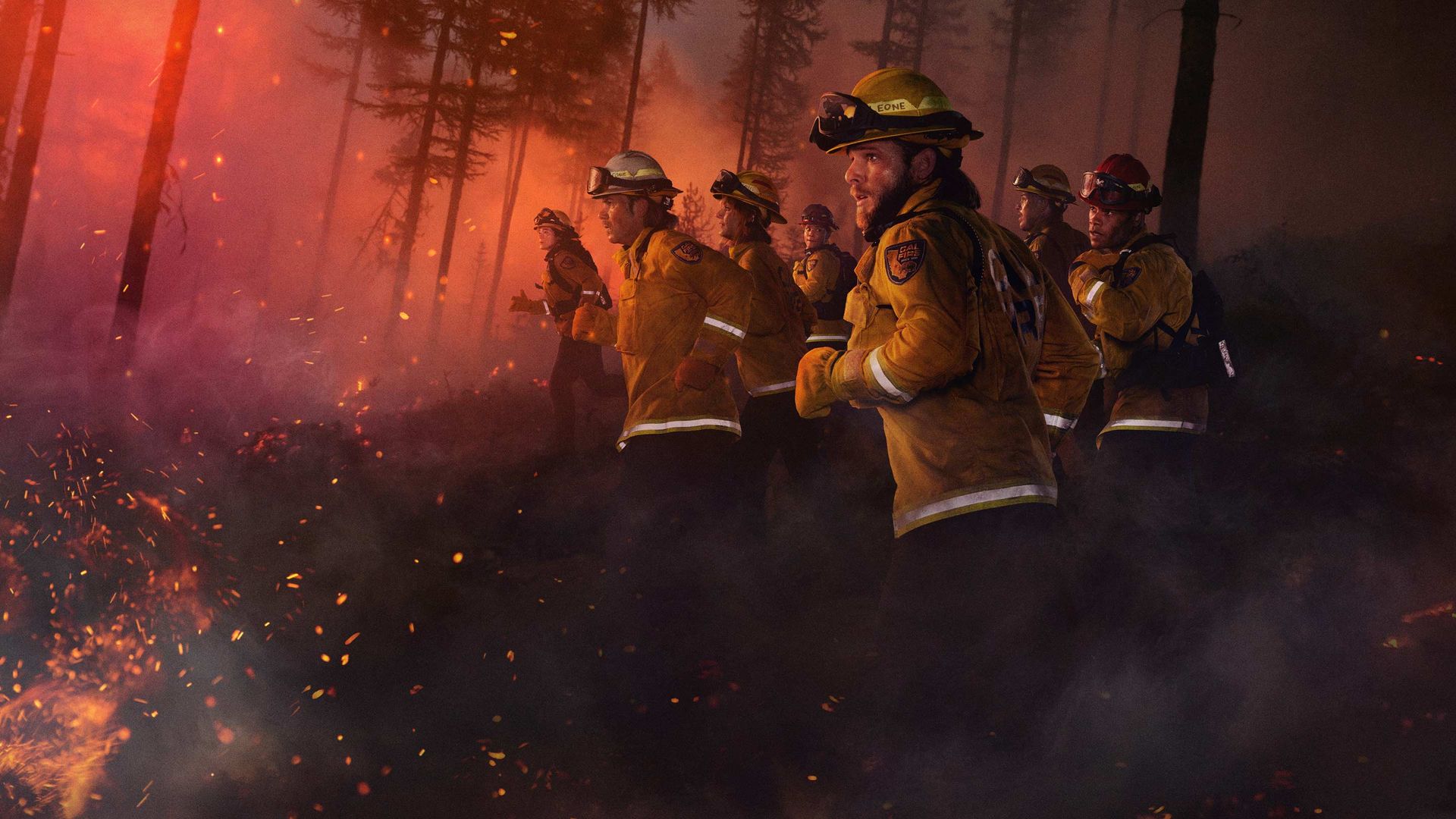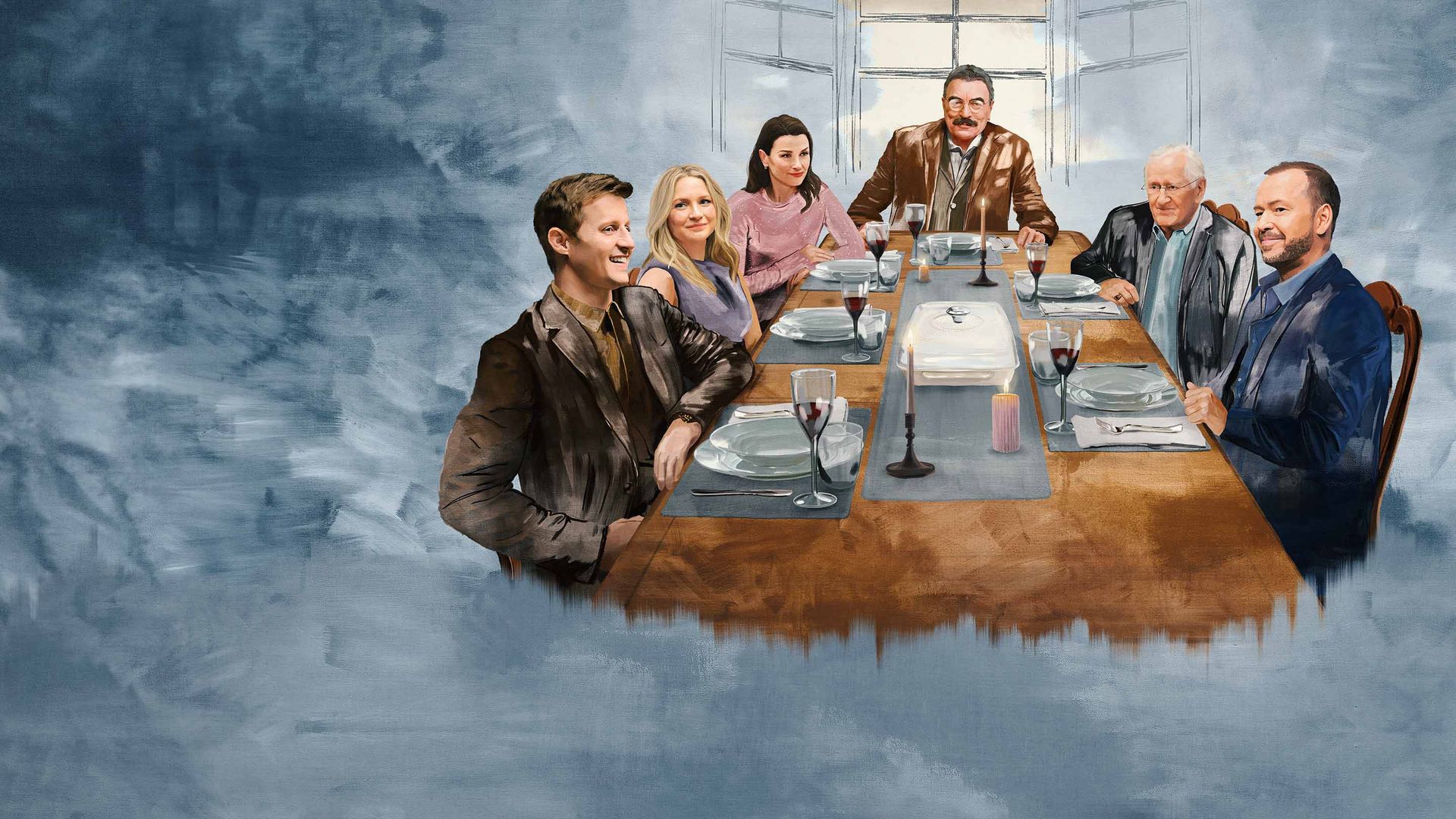-

LIVE TONIGHT 8PM ET/PT
The biggest names in entertainment come together in this fundraising special, hosted by Sheryl Crow. -

Catch Up On The Latest Season
Bode burned down everything in his life, leaving town with a big secret. Now he’s back, with a chance for redemption with Cal Fire. -

Catch Up On The Final Season
Frank Reagan heads both the police force and the Reagan brood, a multi-generational family of cops dedicated to New York City law enforcement. -

Catch Up On The Latest Episodes
Welcome to A Summer of Mystery, a season unlike any other—full of twists, turns and unexpected visitors. The Hotel Mystère is open! -

NEW EPISODES NOW STREAMING
Dexter Morgan is alive and killing it, but his move to New York City might be his most dangerous yet.




